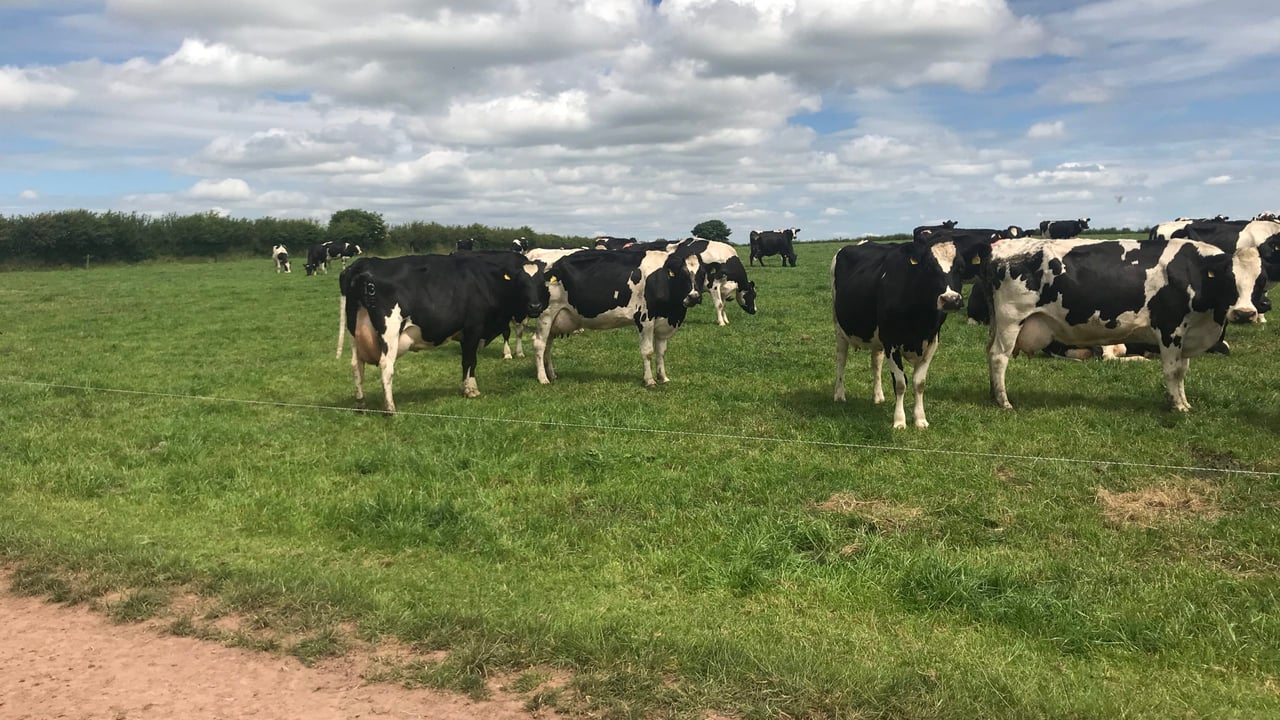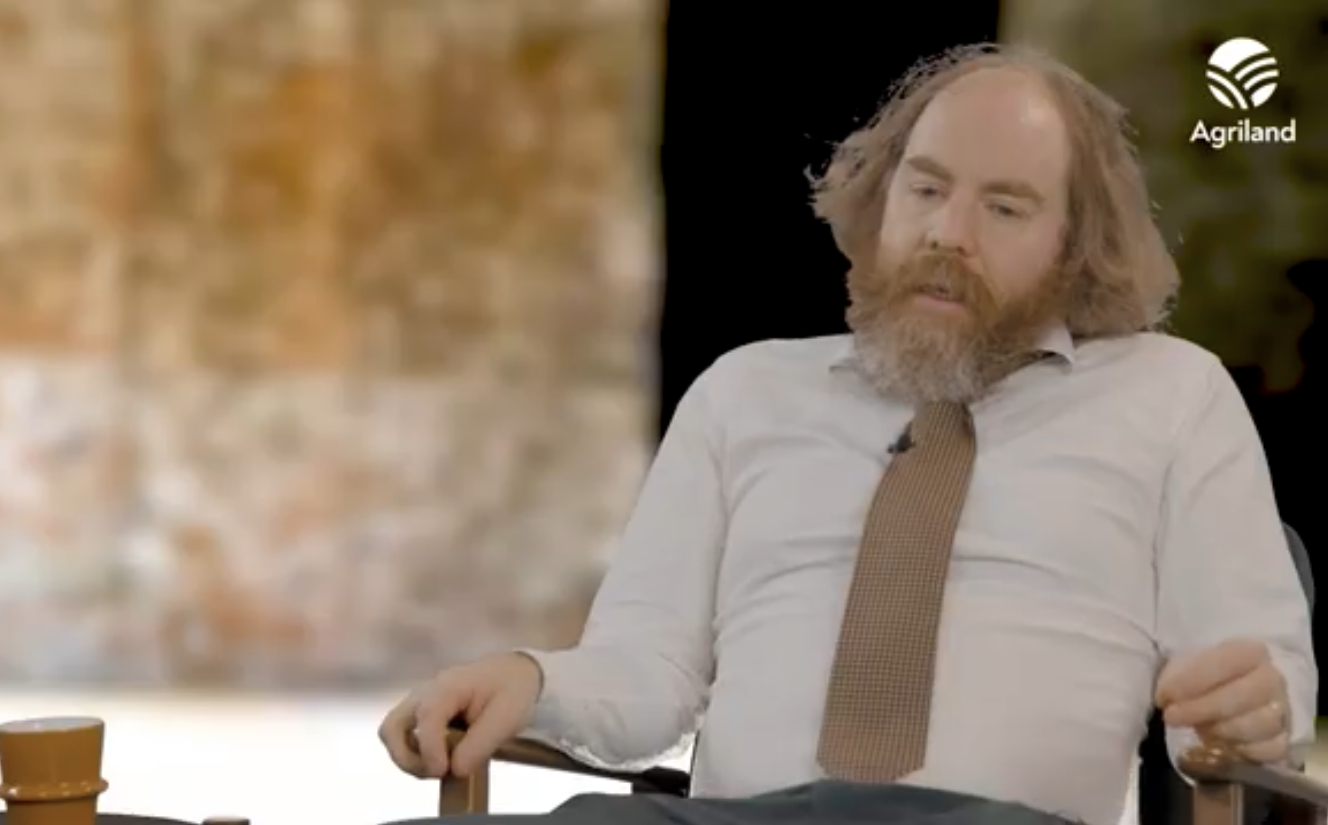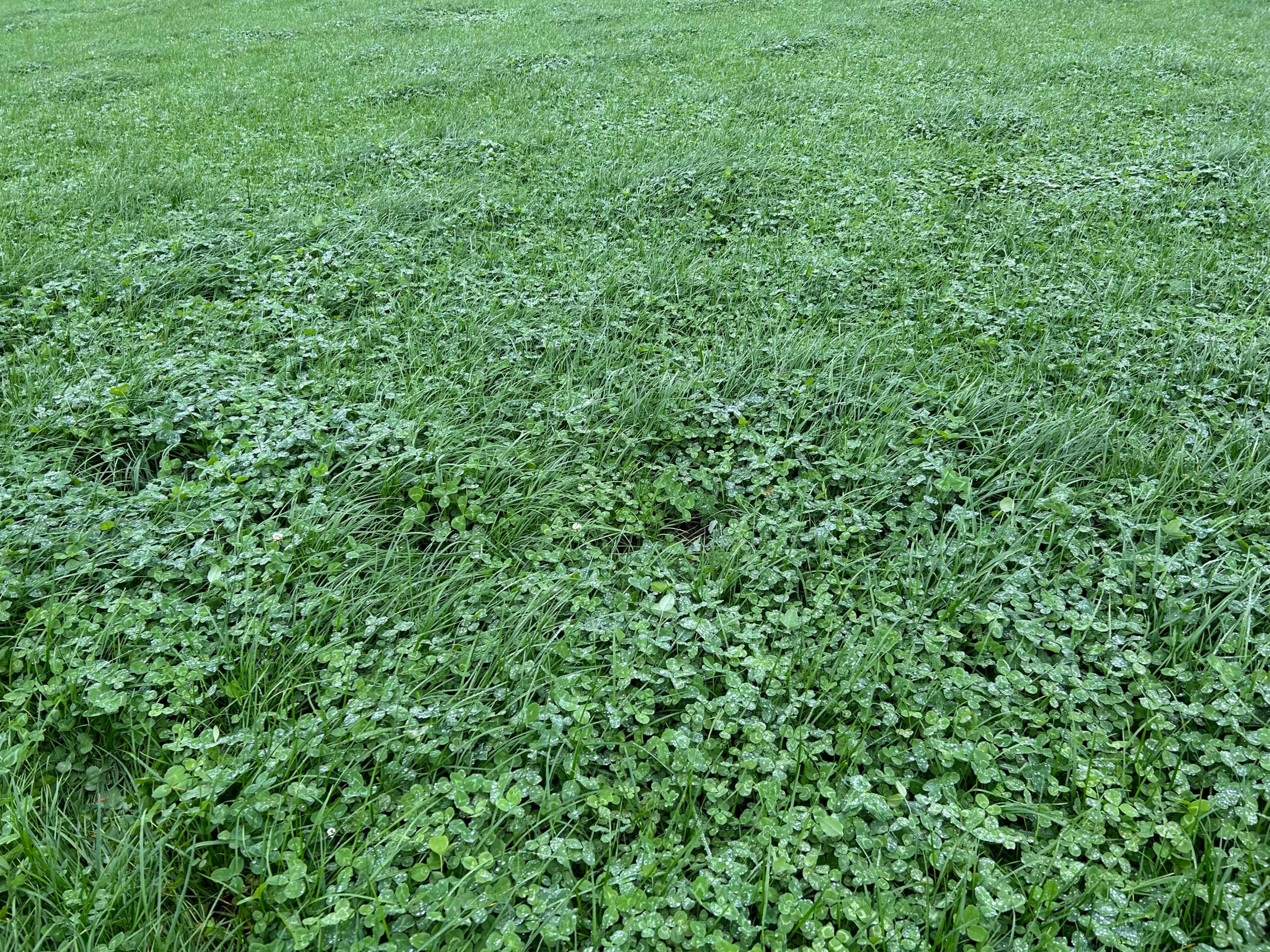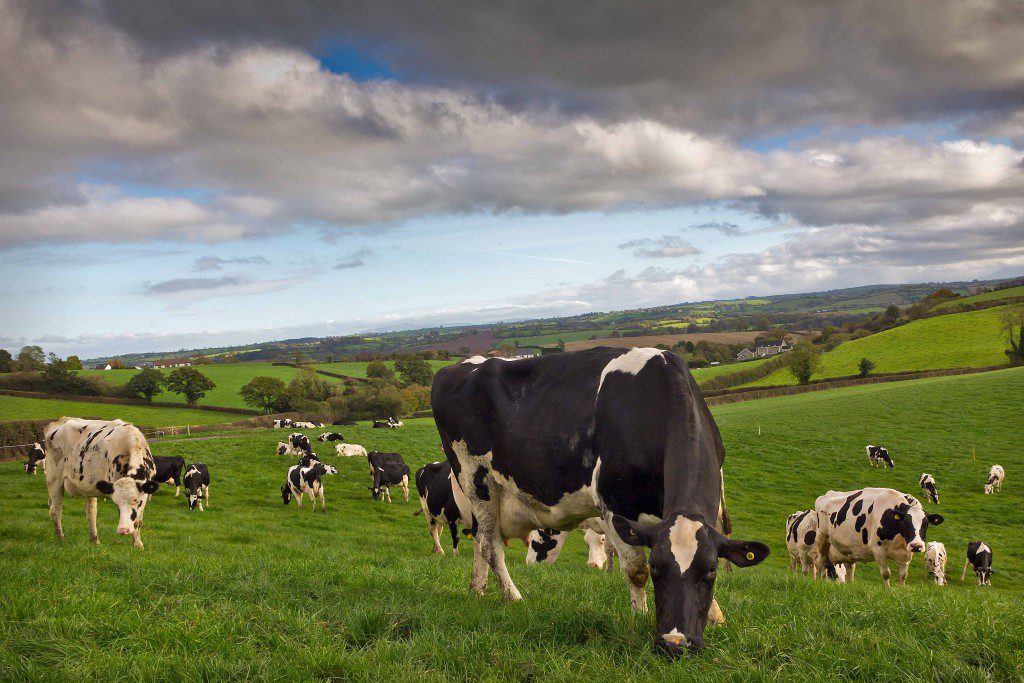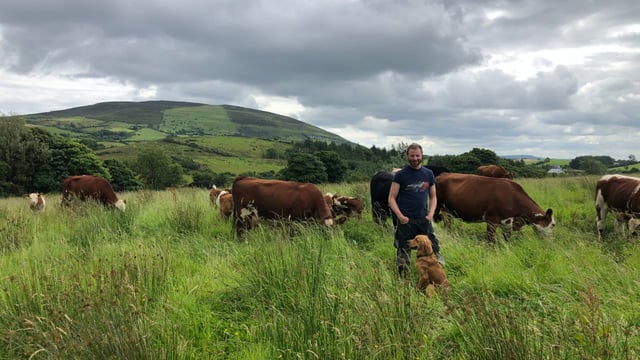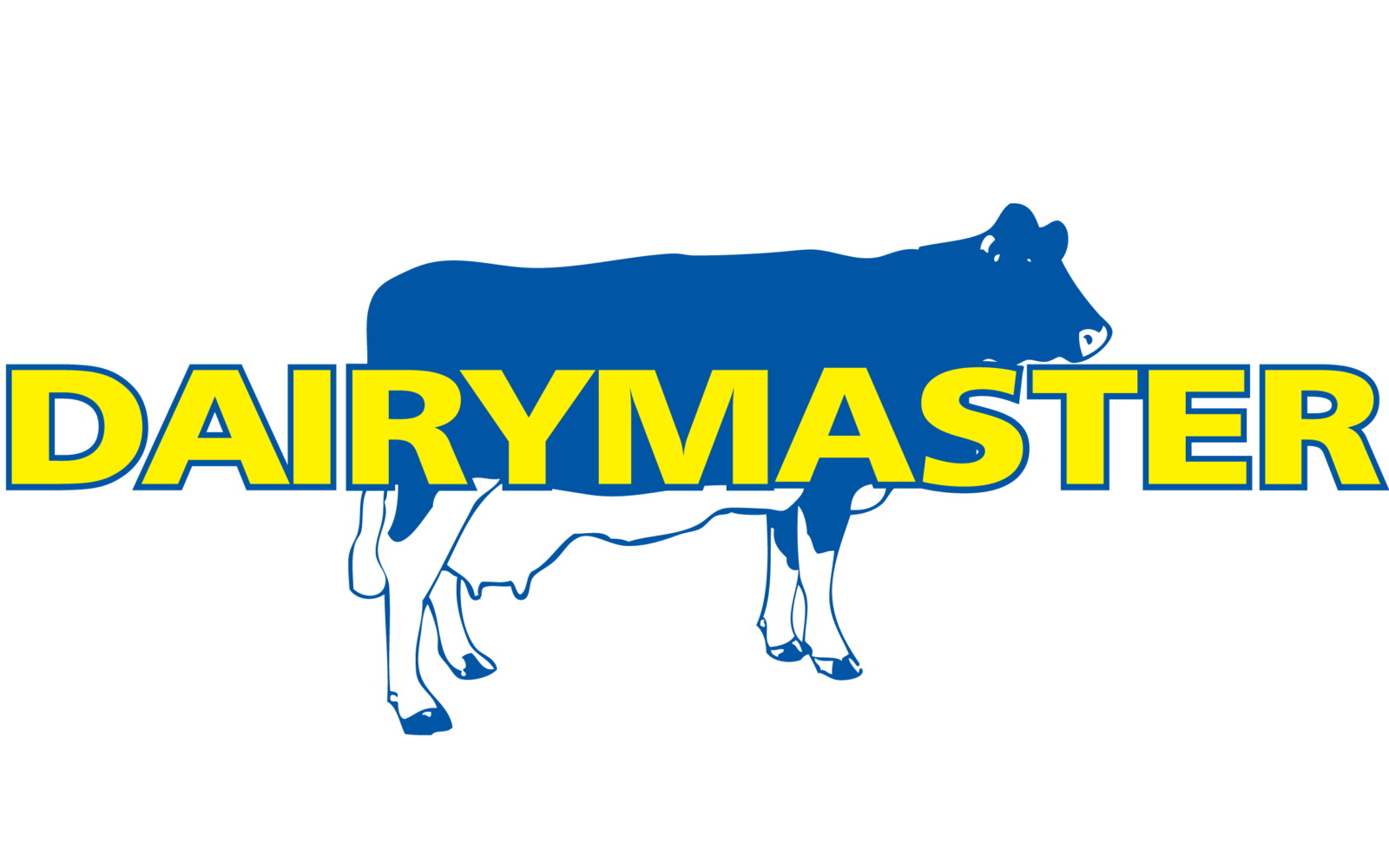Interview: Clover, marginal cows and banding with Dr. Joe Patton
2022 was a year of significant change within Irish agriculture, but in 2023 we are likely to see more significant change occurring.
To get some more insight into these changes Agriland spoke with Dr. Joe Patton, head of knowledge transfer with Teagasc.
Patton comments on the role clover played in 2022 and its role in the future, along with identifying marginal cows and changes to nitrates rules.
2022 could almost be described as the year of the clover in agricultural circles, with a major focus placed on the plant.
A number of factors led to increased interest in clover in 2022 on farms, with fertiliser costs and reducing agricultural emissions two of the major factors.
Agriland spoke to Patton about how the uptake of clover has gone on farms in 2022. He said: "There has been sea change really, I think there was a curiosity maybe before 2022 - but now there is more of an urgency around these things.
"But now the lines are drawn for people now; they know what has to be done and part of that is the fact theRE is a defined target now for agriculture," he added.
"The 25% reduction target put it into focus and it made people think, okay... now we need to get at what we need to be doing."
Patton noted that high fertiliser pricing was also a contributing factor, which meant farmers came to the logical conclusion that they could kill two birds with one stone by cutting it, changing fertiliser type and getting clover in.
Patton said: "A lot came together, which did put a lot of pressure on farmers which has to be acknowledged too, with their own sense of uncertainty but I think people have gotten their heads around it to a larger extend now."
Commenting further Dr. Patton said: "Like all of these things, everything starts as a problem and then they start working on it and then solutions become available, then the solutions are questioned, then people try them and then they get on with it.
"And through research, and more through the example of leading farmers, people can see that they are getting on well with it."
Offering some advice to farmers who are planning on introducing clover to their farm in 2023, Dr. Patton said: "The big message is to do what you handle and pick your most suitable paddocks."
He advised farmers to manage these paddocks in the ways that are being strongly pushed and suggested, such as soil fertility and grazing management.
"Be very methodical about how you go about it, I think we have to move away from 'we are going to try it and see' - without a plan in place.
"Everyone should be giving it a go, but go in with your eyes open - it is the same as someone starting to grow a crop of wheat or barley that has never done it before.
"Just realise that slight differences are needed, manage those differences carefully and don't bite off more than you can chew in terms of the area you go with."
Forecasts for 2023 are showing that input costs are expected to remain high, with a slight decrease in milk prices.
This means that farmers will need to shelter themselves from these rising costs and try to reduce cost where possible. But farmers also face major challenges in the changes to nitrates rules and the introduction of banding.
Offering some advice to farmers, Patton said: "Focusing on soil fertility and getting that right is obviously a massive one for farmers.
"They are the ones that are costing extra money; they are putting pressure on the system, pressure on the labour - they're the reason you're buying silage and fertiliser.
"Just ask the question what are they doing for you, in a high price year there is probably a margin to be made off these cows.
"Just don't assume because milk price is high that every cow in the yard is making you money because they mightn't be."
Commenting on the changes to the nitrates and this being a opportunity for farmers to tidy up their herds, Dr. Patton said: "We need to keep the question of changes in nitrates and banding, separate to the question to have the optimum type of, and number of, cows on the farm.
"We shouldn't we talking about addressing a marginal cow issue, simply on the basis of banding coming in. There will be plenty of people in the middle band that will have marginal cows and they need to sort that problem out as well," Patton added.
"While there will also be people in the top band that probably have very few marginal animals in some cases.
"There are plenty of people that have done that optimisation and the banding is a question that will have to be dealt with.
"We should be looking at economic optimum numbers and quality of stock, irrespective of what happens with the banding and deal with the banding and issue around nitrates as a separate, but related question.
Ultimately Patton is saying that each farm needs to assess their own situation and determine if there are marginal cows that can be removed from the system.
Not every herd will benefit from tidying up the herd due to banding or changes to nitrates, but some farms would benefit.
Dr. Patton also noted: "It has been a strange, strange year; obviously milk price has kept people quite buoyant, but we have to be careful over time.
"While there is very good margin we need to use that cash sensibly, we don't introduce extra structural cost that we will be stuck with if things change from a milk pricing point of view."

